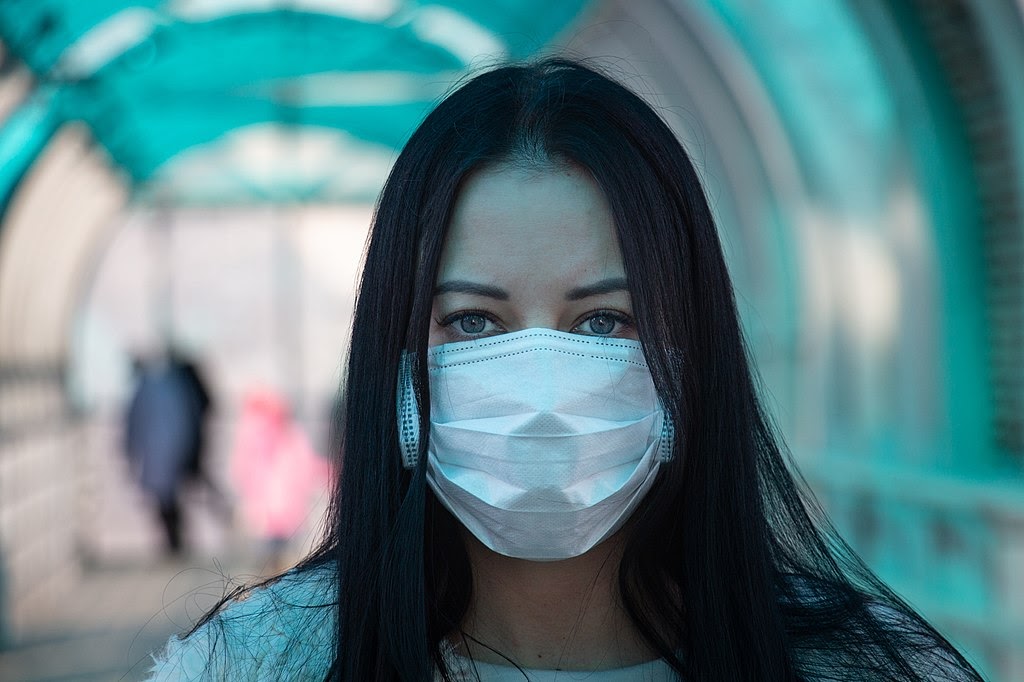Since December, 2019 a virus which causes the COVID-19 disease has been spreading, resulting in a global pandemic. While some questions about COVID-19 can be answered, researchers are still working on other aspects. In one review article, researchers overview aspects of COVID-19 relevant to biology, medicine, and public health. This article reports on data collected before mid-February. For the most up-to-date values, please refer to your country’s national health ministry or institution.
The virus which causes COVID-19 is in the coronavirus family, which is the same family of viruses that causes the common cold, SARS (Severe acute respiratory syndrome) and MERS (Middle East respiratory syndrome). The official name of the virus causing COVID-19 is severe acute respiratory syndrome coronavirus 2 (SARS-CoV-2), and is similar in genetic sequence as the SARS-causing virus from 2003 (SARS-CoV). Some may also refer to SARS-CoV-2 virus as “the novel coronavirus”.
Medical staff were initially alerted to the possibility of a new illness when patients who had been at a seafood market in Wuhan, Hubei, People’s Republic of China came to the hospital with what appeared to be pneumonia but with atypical symptoms. SARS-CoV-2 is believed to have initially spread from (but did not originate at) that market. While its exact origin is unclear, similar viruses (such as SARS-CoV) have originated from wild mammals such as camels, bats, and civet cats. Such an origin has been proposed for SARS-CoV-2, although it is unknown how the virus was transmitted to humans.
Inside an infected individual, SARS-CoV-2 works in a similar way as other viruses. A virus itself cannot support its own nourishment and growth; it requires a host cell. SARS-CoV-2 enters human lung cells, which then allows it to produce essential nutrients to make copies of itself. These copies will spread and infect neighboring cells, and upon release from the infected individual, they will find other viable cells in nearby individuals. Human-to-human transmission (which may occur at a higher rate than previous coronaviruses) occurs from direct contact with or contact with water droplets from coughs or sneezes of an infected person.
Infection by SARS-CoV-2 is confirmed by a laboratory method called qPCR (quantitative polymerase chain reaction) using mucus samples, which determines whether a specific portion of the SARS-CoV-2 genetic sequence is present. However, some diagnostic tests take considerable time and resources, and researchers continue efforts to develop more efficient diagnostic tools.
While similar in genetics to SARS-CoV, exact symptoms of SARS-CoV-2 differ slightly. Common symptoms include fever, dry cough, shortness of breath, and pneumonia, but SARS-CoV-2 also causes runny nose, sneezing, and sore throat. More cases of low blood oxygen levels and diarrhea also manifested in COVID-19 patients compared to SARS patients. These symptoms emerged after around five days of incubation. While the death rate of COVID-19 patients is still unknown (current estimates are at 1–10%), those who exhibit the most severe symptoms and are the most at risk of death are the elderly and people with pre-existing health conditions. However, a population of infected people exhibit no symptoms. Although these people may be safe themselves, they can still spread the virus to other people.
At this time, no approved drug-based therapies for treatment of COVID-19 exist. There have been some anecdotal treatments, such as broad-spectrum antivirals (drug mixtures which simultaneously target many viruses), but no treatments have been rigorously tested in controlled conditions (usually taking years to obtain official approval). Novel therapies and vaccines are under development.
The best way to stop the SARS-CoV-2 spread is to eliminate direct contact with infected people. The virus will live for around 14 days in a host, and after this period, if there is no new host, the virus will die. It is unclear whether an infected person will be immune from infection due to SARS-CoV-2 a second time. The number of asymptomatic carriers of SARS-CoV-2 is one major hurdle to accomplishing successful “distancing”, as not all carriers can be easily identified. Thus, governments have started to enact distancing mandates on constituents to artificially limit the amount of contact between people in general, and by extension, between uninfected and infected people (whether they are symptomatic or not).
If one must go out, one should limit physical contact with objects (where the virus could survive for hours or days) and sanitize objects and one’s own hands using soap and water or an alcohol-based disinfectant. It is important to heed the advice of professional medical experts, as all people could be affected by the current pandemic. However, all people also have the ability to contribute to ending it.


